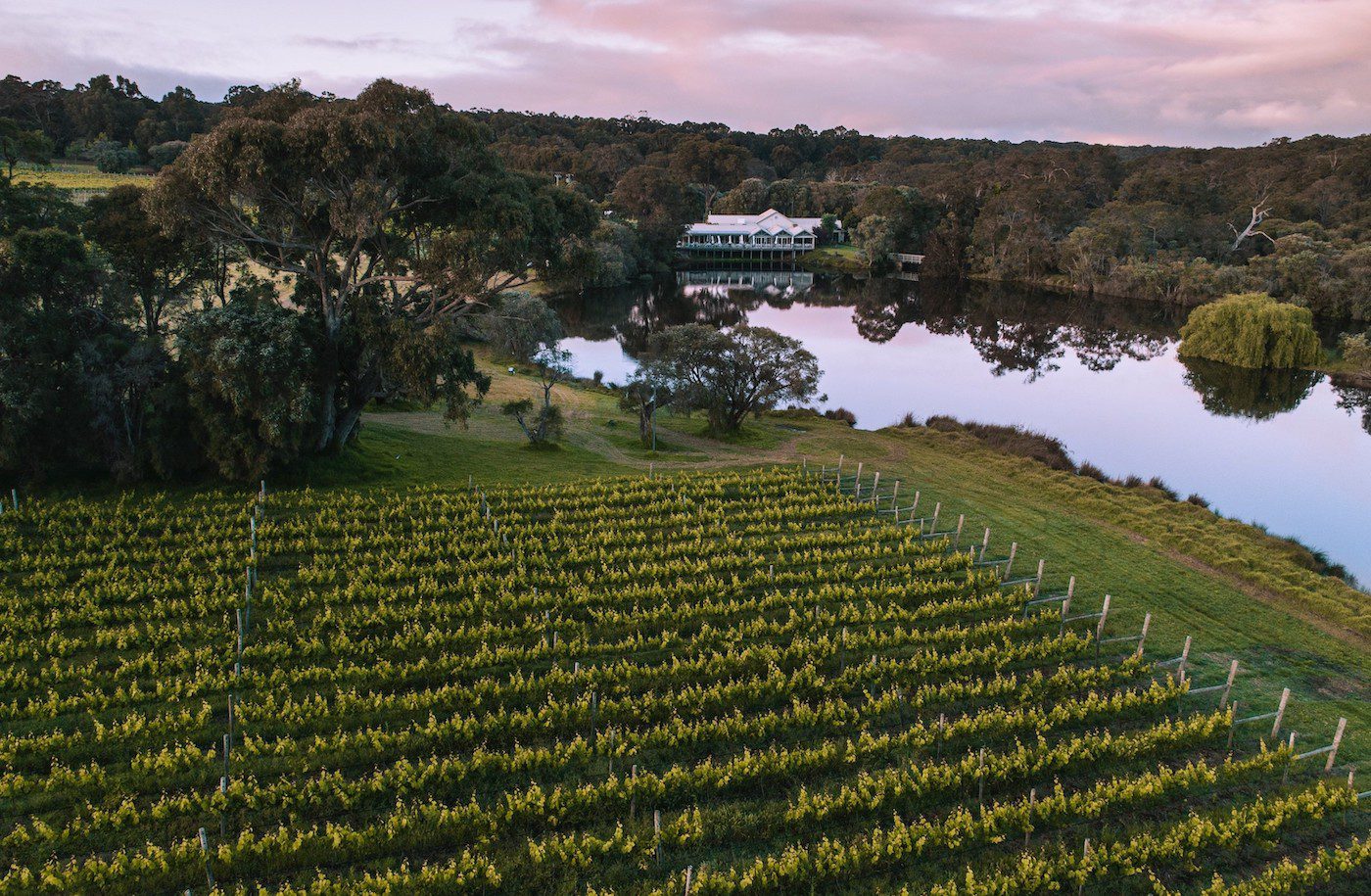
Wrattonbully: South Australia’s Quiet Gem of Terroir and Tenacity
Tucked discreetly between the more celebrated Coonawarra to the south and Padthaway to the north, Wrattonbully has long flown under the radar. Yet, for those in the know, this South Australian wine region is a hidden jewel—a place where fertile terra rossa soils, a cool, coastal influenced climate, and passionate winemakers converge to craft wines of elegance and depth. For anyone seeking character in a glass, Wrattonbully is a region that whispers rather than shouts, but when it speaks, it leaves a lasting impression.
Terroir: The Heartbeat of Wrattonbully
Wrattonbully owes much of its charm to its terroir. The region is perched on a limestone ridge that stretches inland from the Southern Ocean, creating a subtle but vital influence on grape growing. Beneath the surface lies a rich mixture of red-brown loam and terra rossa soils similar to the famed Coonawarra soils, but with a slightly heavier clay component that retains moisture and encourages deep root growth. This makes Wrattonbully particularly suited to robust, structured reds like Cabernet Sauvignon and Shiraz.

The climate is a study in contrasts. Summers are warm but tempered by cooling ocean breezes, which help maintain acidity and freshness in the grapes. Winters bring rainfall, replenishing the soil, while spring frosts are rare a welcome relief for vine growers. These conditions, combined with significant diurnal temperature variation, allow grapes to develop both ripe fruit flavors and bright, natural acidity a balance that winemakers in Wrattonbully prize above all else.
A Brief History
Though European settlers arrived in the Limestone Coast area in the 19th century, Wrattonbully’s modern wine story is relatively young. The first vineyards were planted in the late 1960s and 1970s, but it wasn’t until the 1990s that the region began to gain recognition. Early pioneers saw potential in the limestone-rich soils, drawing inspiration from the success of nearby Coonawarra, yet determined to create a unique expression rather than a carbon copy.
Wrattonbully officially became an Australian Geographical Indication (AGI) in 1998, cementing its status as a recognized wine region. Since then, its reputation has steadily grown, largely on the strength of a few visionary winemakers who committed themselves to sustainable viticulture and careful, expressive winemaking practices.
Winemakers: Guardians of the Land
What sets Wrattonbully apart is not just the soil or the climate but the people who tend the vines. Winemakers in this region are often described as thoughtful and unpretentious, the kind who prefer letting the grapes tell their story rather than forcing a style. Many have deep roots in the local community, often spanning generations of grape growing, and this connection to the land translates directly into the character of their wines.

Characteristics of Wrattonbully Wines
Step into a tasting room in Wrattonbully, and you’ll notice a recurring theme: structure, balance, and approachability. Cabernet Sauvignon, the region’s flagship, is the star. Unlike the powerful, sometimes austere Cabernets of Coonawarra, Wrattonbully Cabs often display a plush, more approachable profile, with rich blackcurrant fruit, subtle cedar notes, and finely grained tannins. They have the backbone for aging but often reward drinkers even in their youth.
Shiraz, too, thrives here. Wrattonbully Shiraz tends to be elegant rather than flamboyant, with peppery spice, dark berries, and a hint of eucalyptus that reflects the region’s native vegetation. Other varietals, including Merlot, Cabernet Franc, and Chardonnay, also show promise, often marked by restraint and a vibrant, mineral-driven finish—a nod to the underlying limestone.

Conclusion
Wrattonbully may lack the fame of its neighboring wine regions, but its wines speak volumes. From the limestone rich soils to the cool ocean breezes, from the dedicated winemakers to the elegant, structured wines, every element comes together to create a region that is quietly extraordinary. It is a place for those who appreciate subtlety, depth, and the kind of character that reveals itself slowly but leaves a lasting impression.





